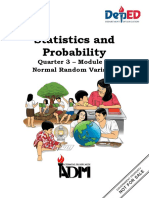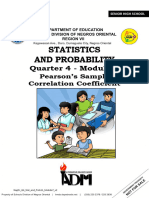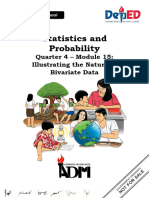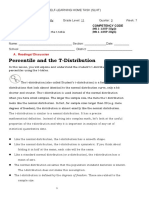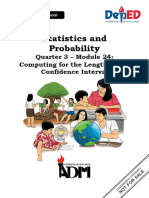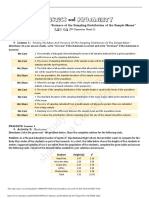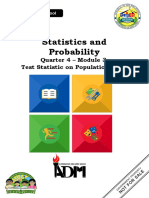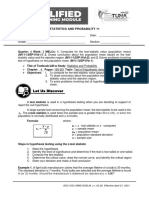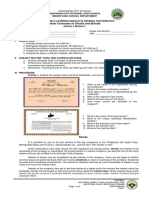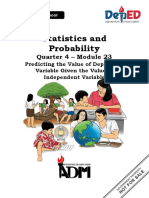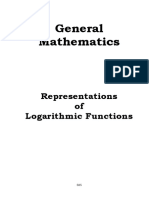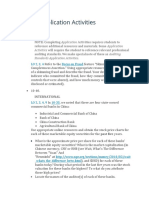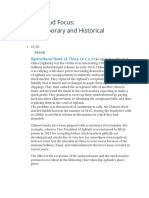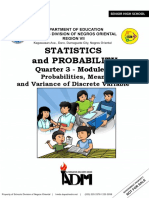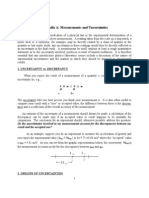0% found this document useful (0 votes)
872 views20 pagesStatistics and Probability: Quarter 3 - Module 6 Central Limit Theorem
Uploaded by
Reign EvansCopyright
© © All Rights Reserved
We take content rights seriously. If you suspect this is your content, claim it here.
Available Formats
Download as PDF, TXT or read online on Scribd
0% found this document useful (0 votes)
872 views20 pagesStatistics and Probability: Quarter 3 - Module 6 Central Limit Theorem
Uploaded by
Reign EvansCopyright
© © All Rights Reserved
We take content rights seriously. If you suspect this is your content, claim it here.
Available Formats
Download as PDF, TXT or read online on Scribd
/ 20



